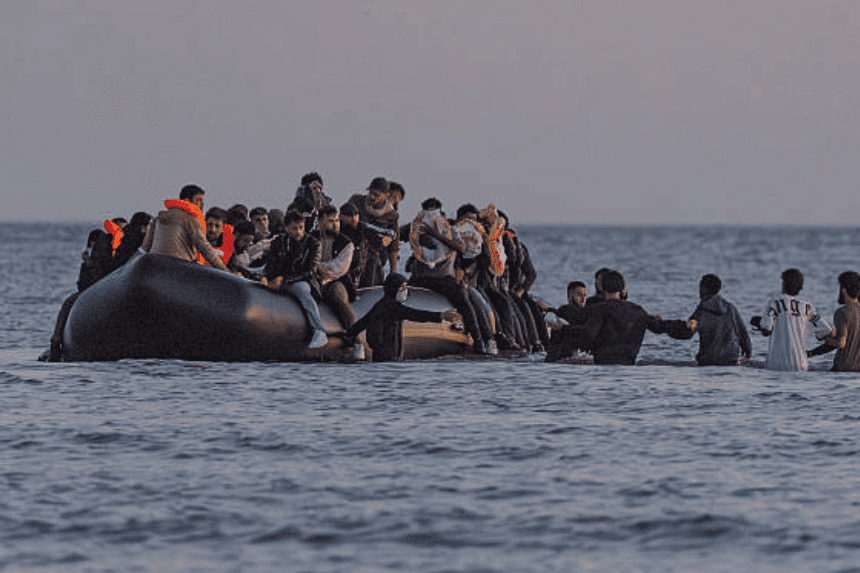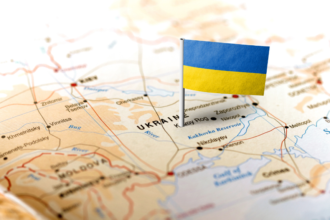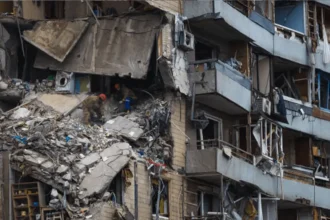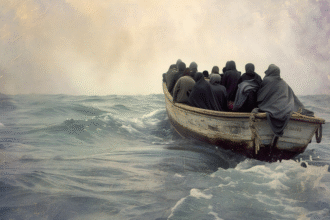Three people died overnight during an unsuccessful attempt to cross the English Channel from Kallis. Local authorities believe that human trafficking gangs are responsible. The observers report that those who died were crushed inside the crowded vessel. There may be two other children. The victims are considered to include citizens of Egypt and Southeast Asia. A separate boat was rescued with 115 migrants; this year, one of the largest single-group crossings was marked.
What happened during the Calais incident?
The boat, carrying more than 70 people, was severely overloaded. It appears the victims were trapped in the lower portions of the vessel. Among the rescued were others taken to hospital. Authorities noted some migrants refused help and stayed onboard other boats. The incident highlights the dangerous conditions migrants face during attempted Channel crossings. Here is the link to our article on Accidental Shooting Lessons.
Why is this incident drawing attention now?
Deaths during small-boat crossings have been rising. Many migrants are risking journeys aboard unseaworthy vessels. The lack of legal migration options forces some to turn to smugglers. Even when rescue services act, many lives are lost. This event has added urgency to calls for safer routes and better cooperation among French and British agencies to prevent loss of life from Channel crossing attempts.
What are governments doing to respond?
Border and maritime authorities launched search and rescue operations immediately. The French prefecture in Pas‑de‑Calais pledged to target smuggling networks and improve early warning systems. On the British side, officials have increased patrols and are under pressure to fast‑track policy solutions. Talks are underway for agreements to return irregular arrivals, while giving priority to asylum cases. These measures aim to reduce risk and address the root causes of illegal Channel crossing. Here is the link to our article on Silicon Valley Hacking.
Who is most affected by these crossings?
Migrants from countries in Africa and Asia continue to make the journey, often seeking safety or better opportunities. Many are vulnerable—children, pregnant women, or people with no travel documents. They face extreme conditions, harsh seas, and sometimes fatal overcrowding. Local communities in northern France and border towns in southern England are also impacted. The humanitarian burden increasingly accompanies the political and logistical challenges posed by the Channel crossing crisis.
How severe is the scale of this crisis?
So far in 2025, tens of thousands of people have attempted to reach the UK via small boats. Daily totals sometimes spike. Rescue teams handle multiple incidents every week. Deaths are often undercounted due to missing persons or unidentified remains. The statistics suggest this has become one of the deadliest migration routes in Europe. The urgency to reform asylum and border policies has never been greater, given the scale of human loss tied to Channel crossings.
Final Thoughts
This tragedy underlines the fatal risk of channel crossings for migrants seeking refuge. This shows gaps in policy, rescue operations, and migration routes. Immediate, coordinated action is required from both France and the UK to reduce malignancy. Reforms should be guided to ensure human concerns, safe, legal routes are more accessible. Until adequate changes are made, this dangerous journey may cost more lives.








